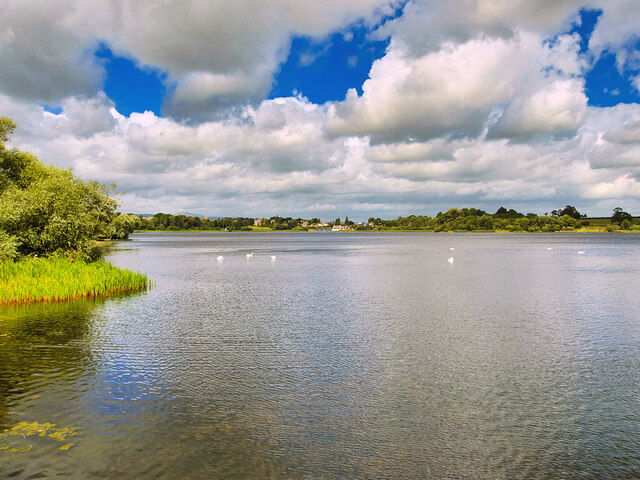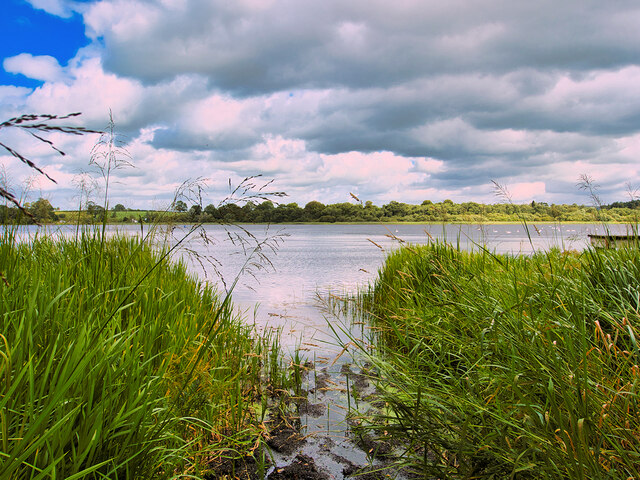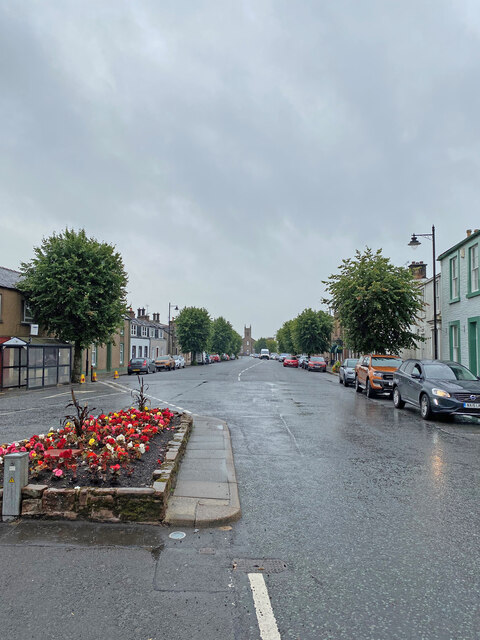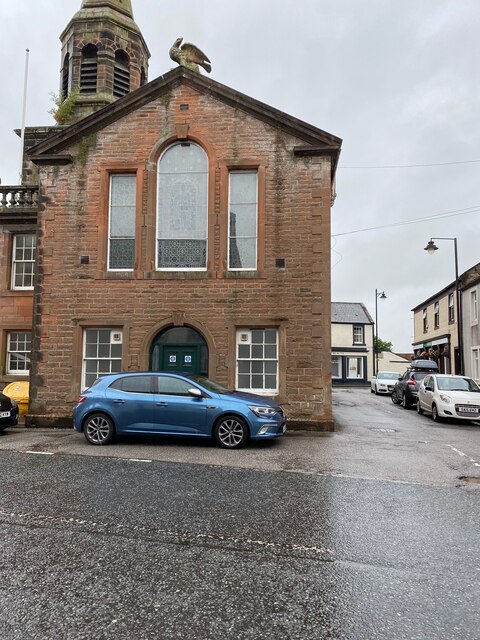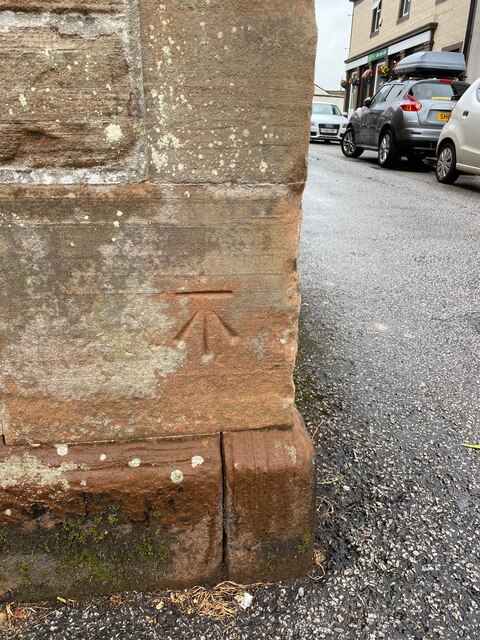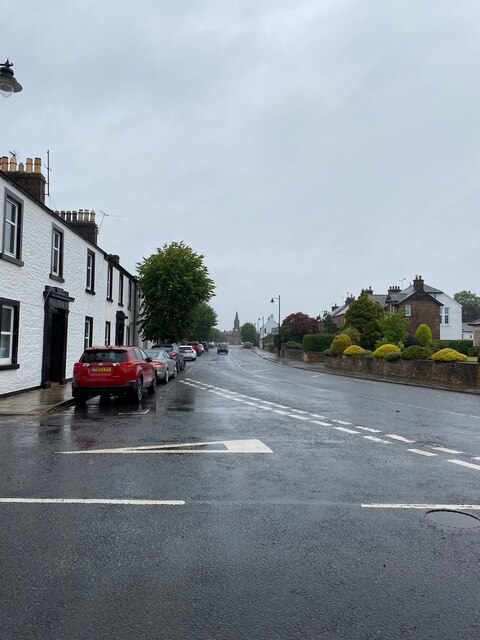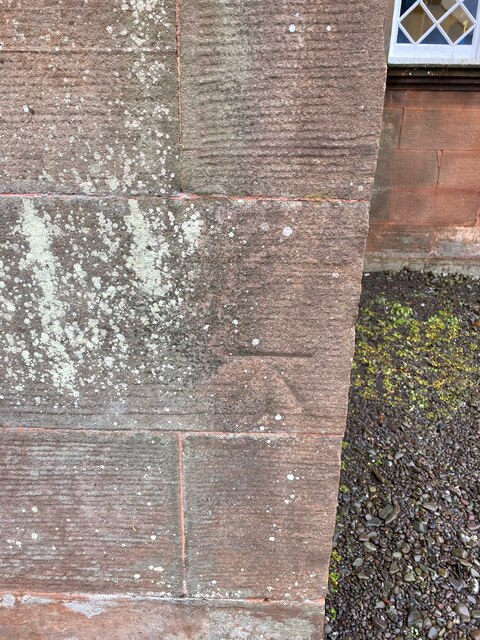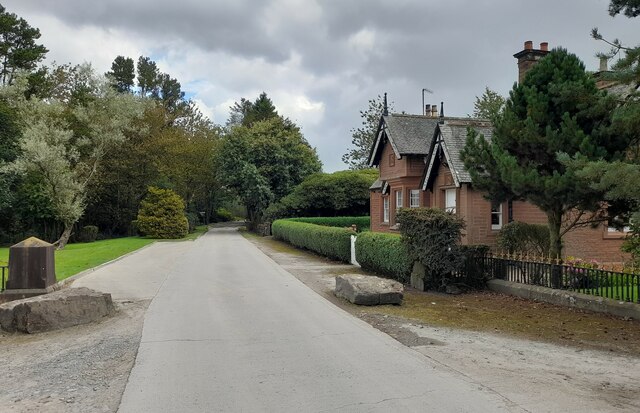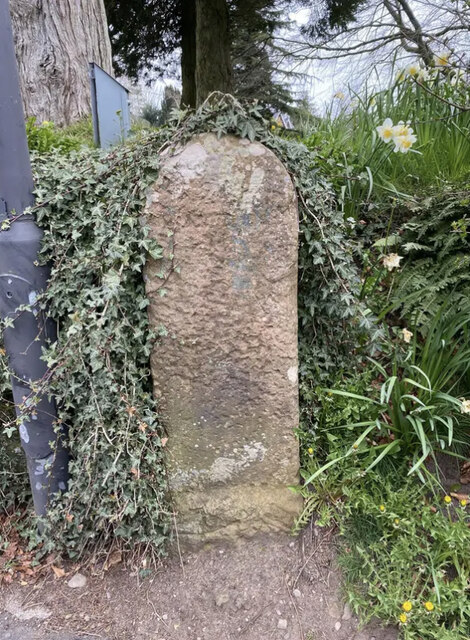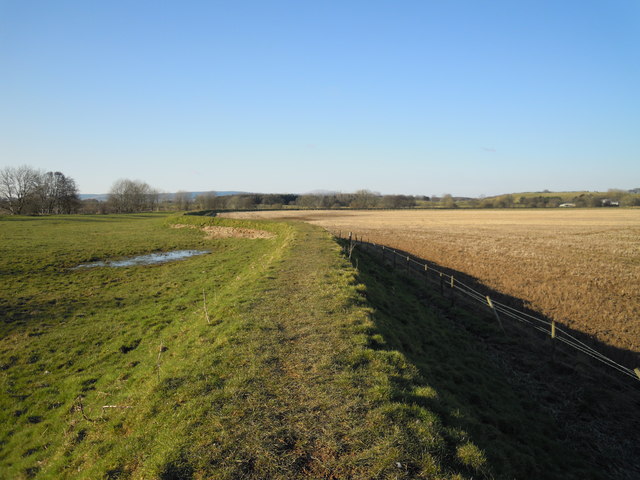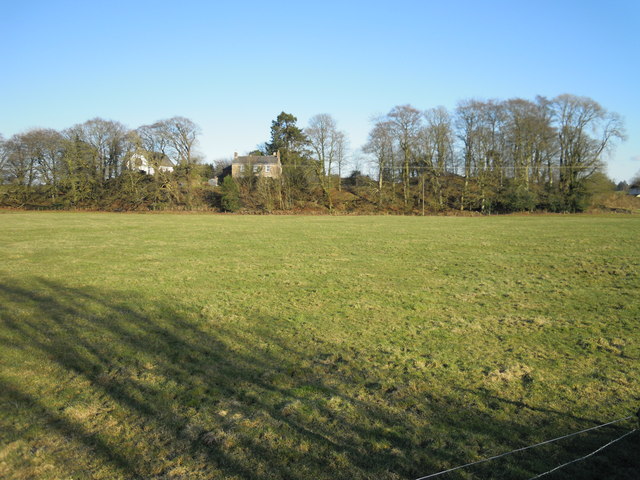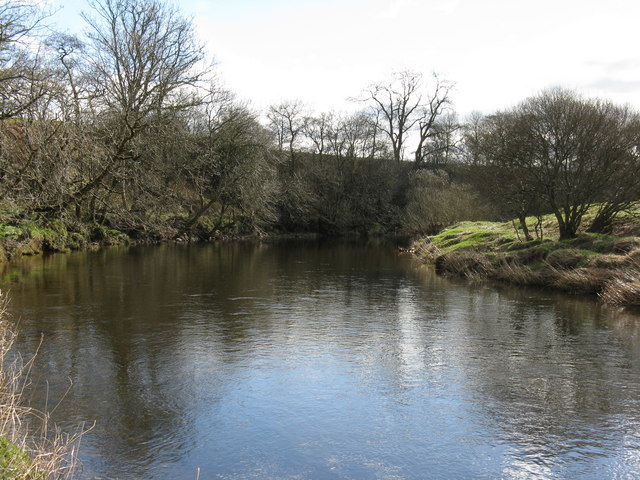Peathill Wood
Wood, Forest in Dumfriesshire
Scotland
Peathill Wood
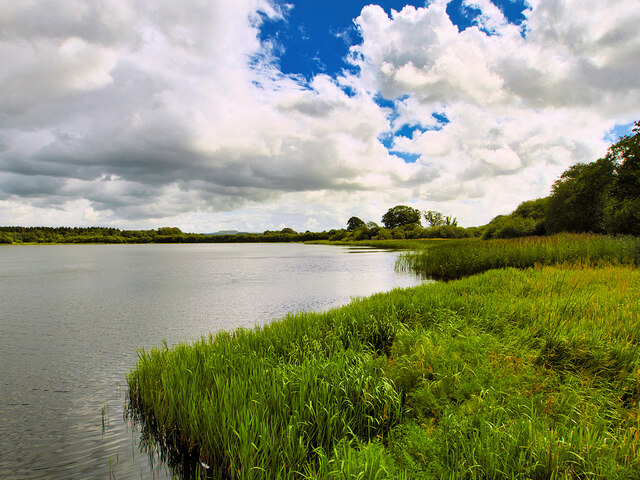
Peathill Wood is a picturesque forest located in Dumfriesshire, Scotland. Spanning over an area of approximately 50 acres, it is known for its natural beauty and diverse wildlife. The wood is situated near the village of Thornhill, providing easy access for visitors.
The wood is predominantly made up of a mix of broadleaf and coniferous trees. Towering oak, beech, and ash trees can be found alongside spruce and pine trees, creating a rich and varied woodland landscape. The dense canopy of the trees provides a serene and tranquil atmosphere, making it an ideal destination for nature enthusiasts and walkers.
Peathill Wood offers several walking trails that allow visitors to explore its enchanting surroundings. The paths wind through the forest, offering glimpses of wildflowers, ferns, and moss-covered stones along the way. The forest floor is home to a wide variety of plant species, including bluebells, primroses, and wood sorrel, adding vibrant colors to the woodland floor.
The wood is also a haven for wildlife. Visitors may encounter red squirrels, deer, badgers, and a range of bird species during their visit. The peaceful environment of Peathill Wood provides an ideal habitat for these animals to thrive.
Overall, Peathill Wood is a captivating forest that offers a unique opportunity to experience the natural beauty and wildlife of Dumfriesshire. Whether for a leisurely stroll or a chance to connect with nature, this woodland destination is sure to leave visitors with a lasting impression.
If you have any feedback on the listing, please let us know in the comments section below.
Peathill Wood Images
Images are sourced within 2km of 55.130472/-3.4154719 or Grid Reference NY0982. Thanks to Geograph Open Source API. All images are credited.
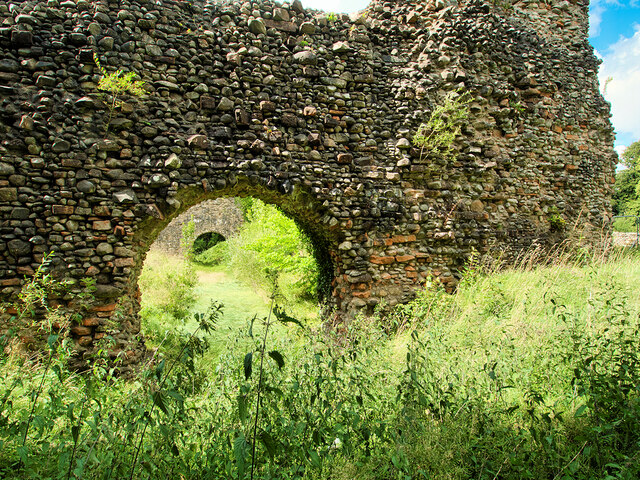
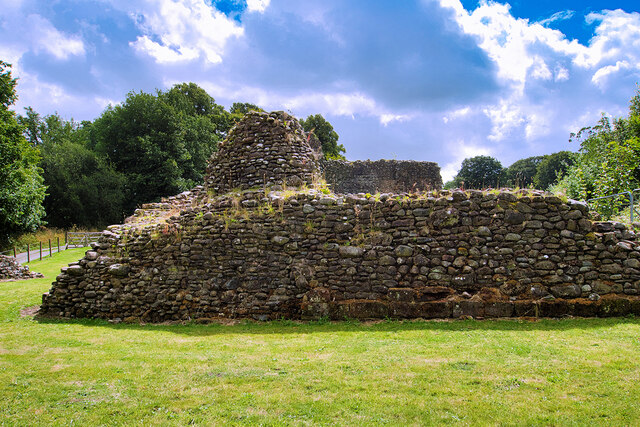
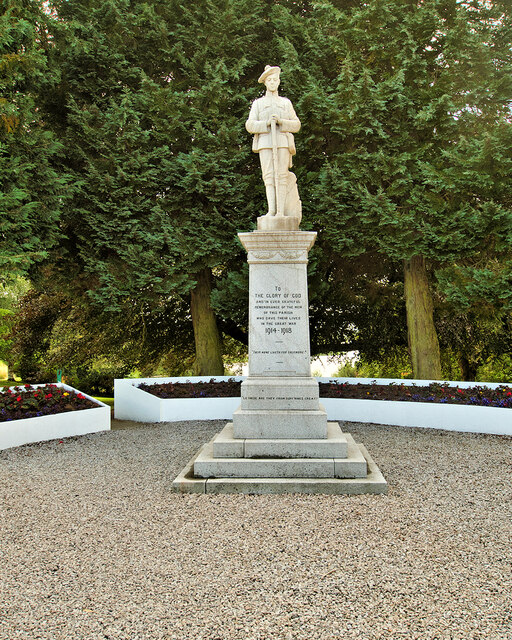
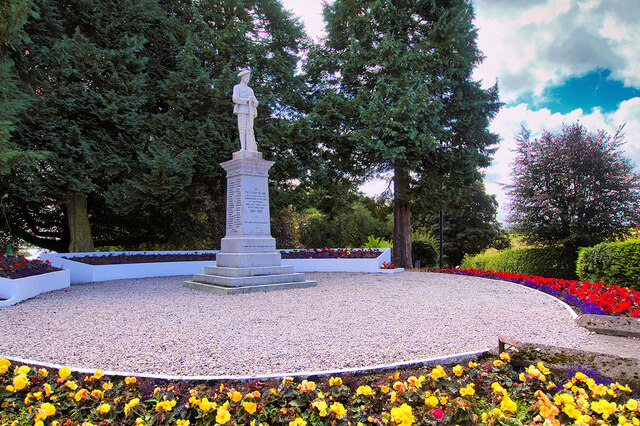
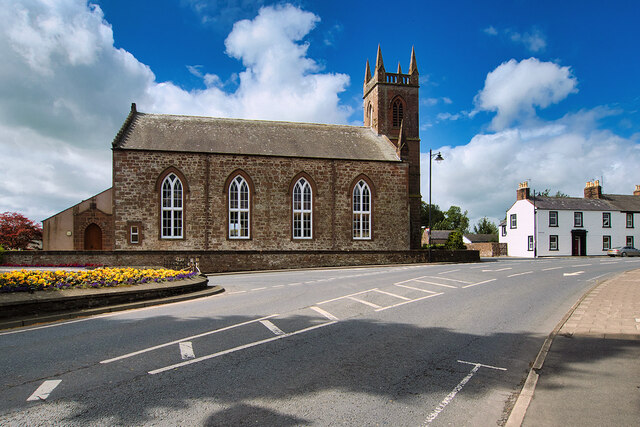
Peathill Wood is located at Grid Ref: NY0982 (Lat: 55.130472, Lng: -3.4154719)
Unitary Authority: Dumfries and Galloway
Police Authority: Dumfries and Galloway
What 3 Words
///officer.lyrics.essays. Near Lochmaben, Dumfries & Galloway
Nearby Locations
Related Wikis
Kinnel Water
The Kinnel Water is a river in the Scottish council area of Dumfries and Galloway, in the shire of Dumfriesshire. == History == The Kinnel Water rises...
Applegarthtown
Applegarthtown, also known as Applegarth or Applegirth, is a village near Lockerbie in Annandale, Dumfries and Galloway, Scotland. Applegarth's Town is...
Lochmaben F.C.
Lochmaben Football Club is a Scottish football based in Lochmaben, Dumfries and Galloway. The club took on its current name after a merger with Crichton...
Battle of Lochmaben Fair
The Battle of Lochmaben Fair was an engagement in Lochmaben, Scotland, on 22 July 1484 between Scottish loyalists to James III of Scotland and the rebels...
Nearby Amenities
Located within 500m of 55.130472,-3.4154719Have you been to Peathill Wood?
Leave your review of Peathill Wood below (or comments, questions and feedback).
